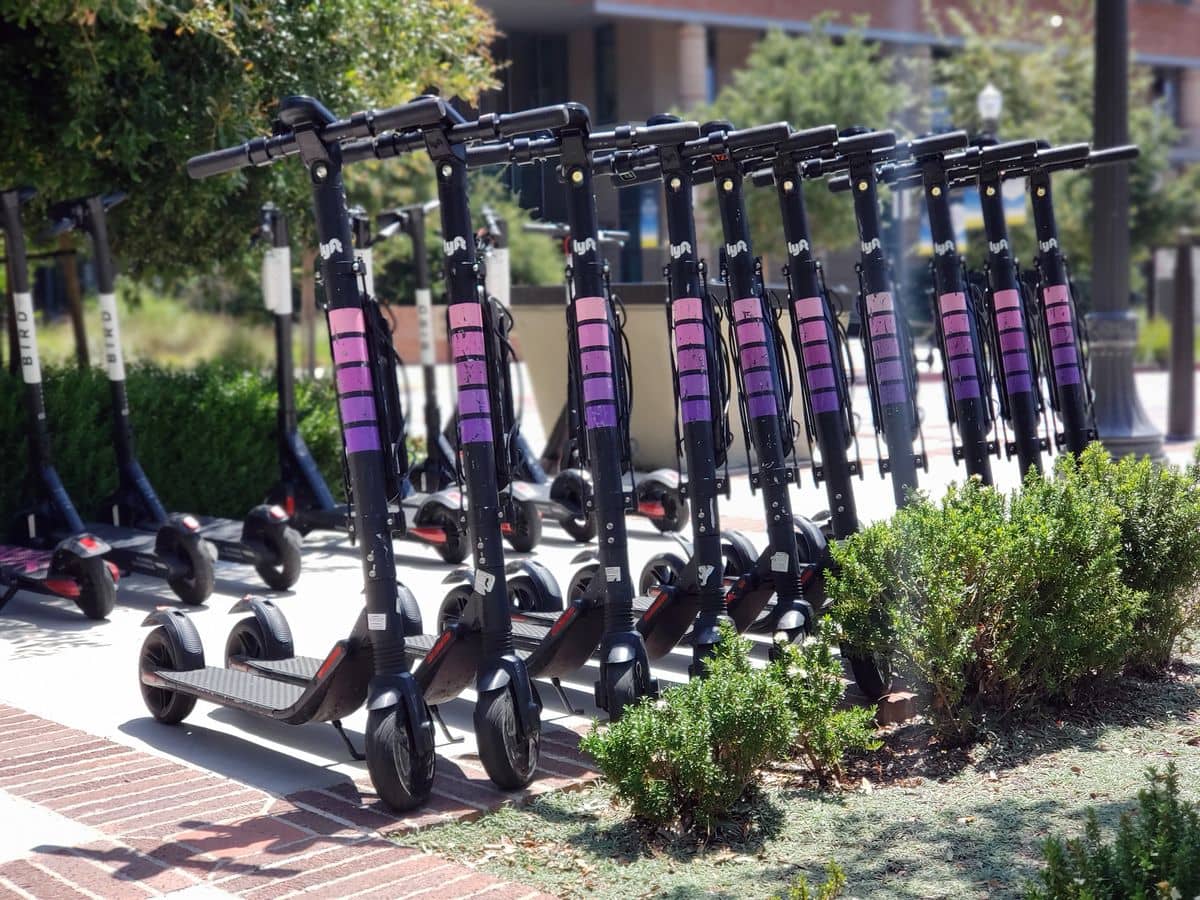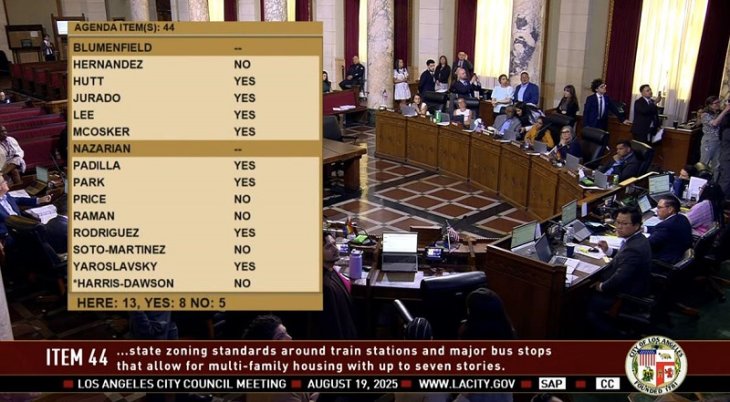1 mph speed limit on Bruin Walk among other rules
By Keldine Hull
The University of California, Los Angeles (UCLA) has signed a temporary contract with Lyft, Bird and Wheels allowing the shared mobility vendors to be the primary source of electric scooters and bikes to the UCLA campus community. Electric scooters and bikes from vendors outside the agreement will still be permitted around campus but will be impounded if parked on campus. After a soft- launch on August 1, the full pilot program rolls out this fall.
According to Renée Fortier, executive director of UCLA Transportation, in a statement with UCLA Newsroom, “UCLA recognizes the importance of providing a variety of sustainable transportation options that are convenient, affordable and accessible while meeting the diverse needs of UCLA commuters.” Fortier continued, “In order to reduce traditional air pollutants, greenhouse gas emissions and traffic congestion, UCLA Transportation offers a wide array of options to lower the number of people driving to, from and around campus alone.”
Lyft, Bird and Wheels will be required to pay fees to the university and offer a variety of special offers to the UCLA community. All three shared mobility vendors have proposed discounts for campus riders that include free ride time, event ride promotions and reduced rates. Electric bikes and scooters won’t be allowed on campus sidewalks and pathways, and geo-fencing will limit riders to 1 mile per hour in UCLA’s pedestrian dismount zones, such as Bruin Walk, Designated parking areas for electric scooters and bikes will be provided throughout campus.
“UCLA continues to make infrastructure improvements that help all wheeled devices get around campus. Officials with transportation and facilities management are collaborating on roadway improvements, including extending the network of protected bike lanes on university grounds. Additionally, designated parking areas for e-scooters and e-bikes are being added throughout campus,” UCLA said in a press release. “E-scooter and e-bike safety education campaigns are planned for the start of the academic year. Dismount zones have also been delineated in campus areas with high foot traffic to minimize impacts on pedestrian walkways.”
Based on the success of the pilot program, revisions to the contract can be made at the end of the school year.



























